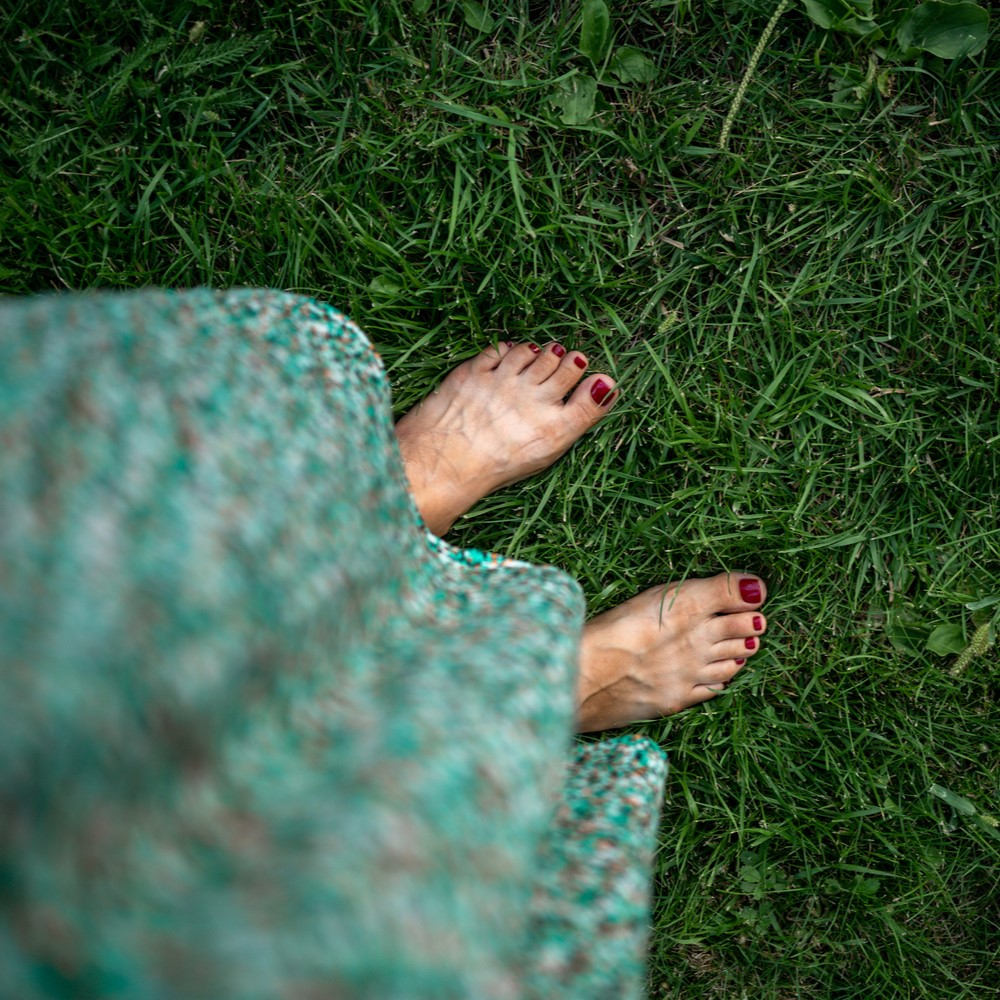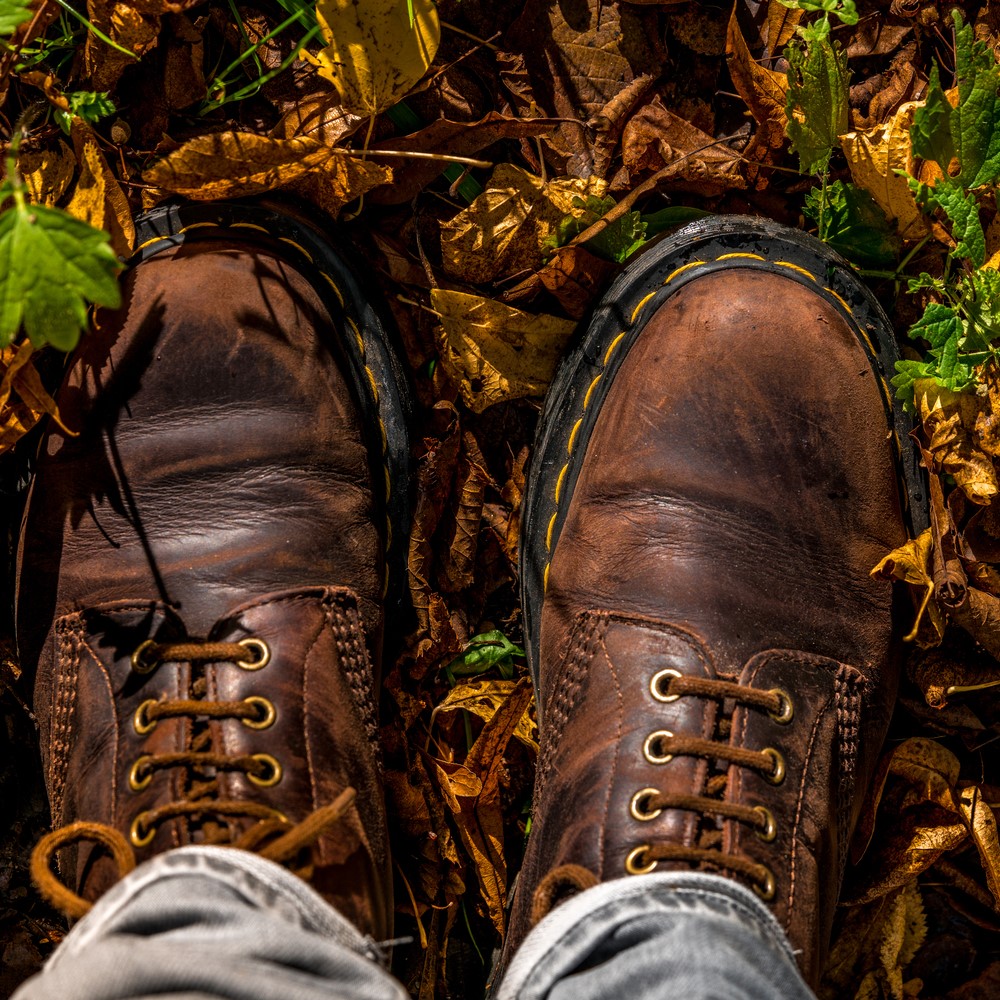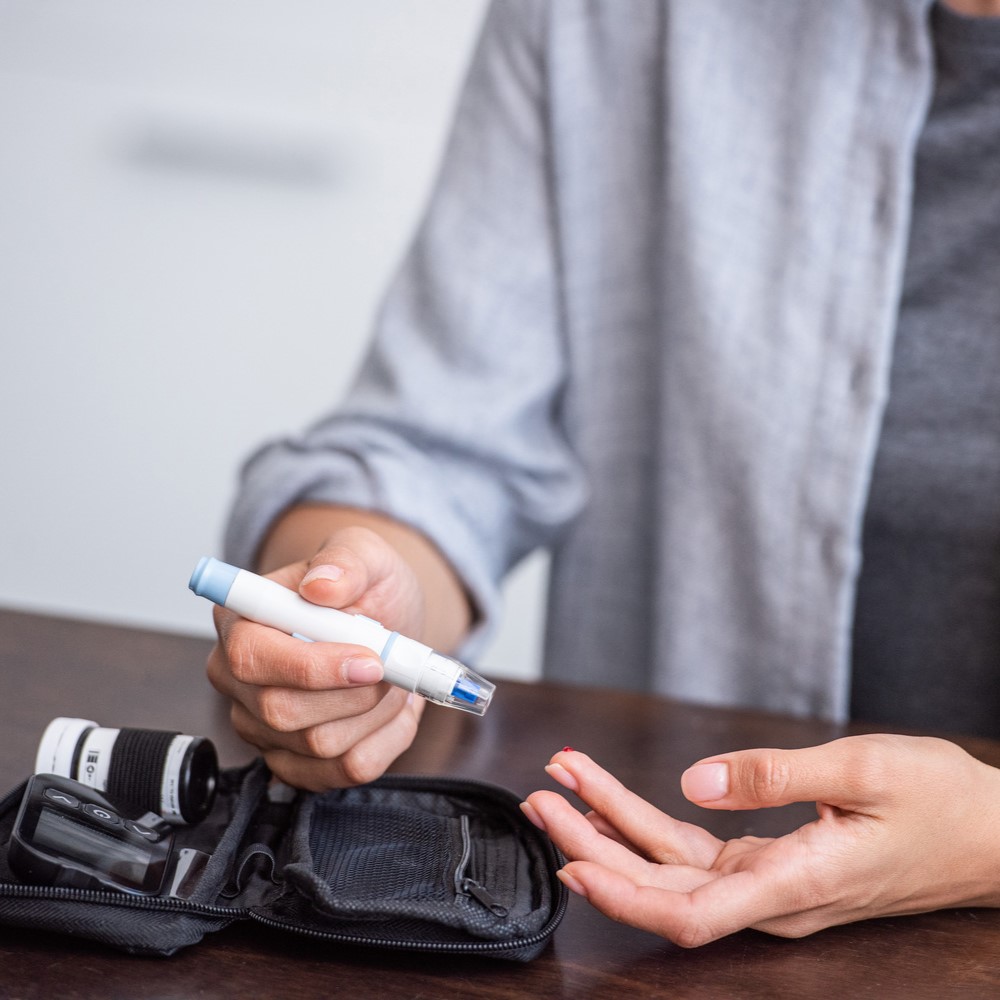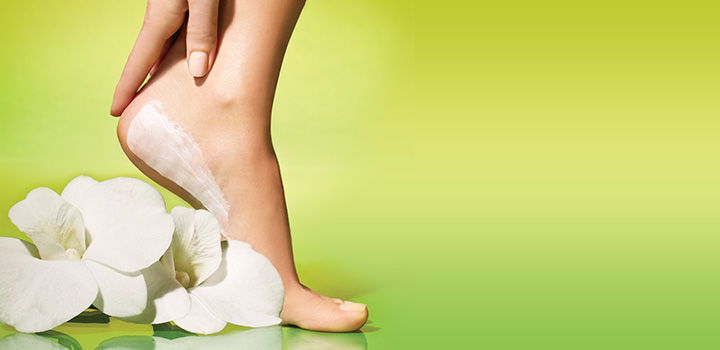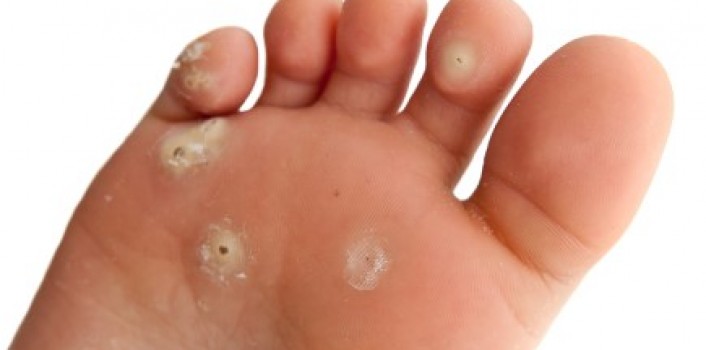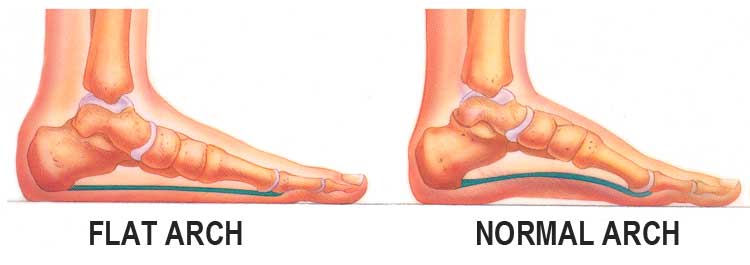Foot Care for Seniors: Keeping Your Feet Healthy and Active
As we age, our bodies naturally change, and our feet are no exception. They may become less flexible, more prone to dryness and cracking, and susceptible to a variety of foot problems. However, with proper foot care for seniors, you can maintain healthy, comfortable feet that allow you to stay active and independent. Regular Checkups are Crucial Scheduling regular podiatrist appointments is a vital first step in maintaining healthy feet throughout your senior years. A podiatrist can assess the overall health of your feet, identify any potential problems early on, and recommend appropriate treatments. During these checkups, they can also trim your toenails properly, which can help prevent ingrown nails and infections – a common concern for seniors with limited mobility. Maintaining Good Foot Hygiene at Home Developing a consistent foot care routine for seniors is essential for optimal foot health. Wash your feet daily with warm, soapy water, paying particular attention to the areas between your toes. Once clean, dry your feet thoroughly, especially between the toes, to prevent moisture buildup that can lead to fungal infections like athlete’s foot. Additionally, applying a good quality moisturizer can help keep your skin hydrated and prevent dryness and cracking. Try out Provita foot cream. Invest in Comfortable Footwear The right shoes can make a world of difference in senior foot health. Opt for shoes that are well-fitting and supportive, with a wide toe box to accommodate any bunions or hammertoes you might have. Avoid shoes that are too tight or constricting, as these can contribute to foot pain and deformities. Look for shoes with good traction soles to prevent slips and falls, which are a major concern for seniors. Find out how to choose the right shoe. Comfort and Safety at Home Creating a safe and comfortable environment for your feet at home is also important. Wear supportive slippers with good arch support throughout the day, especially if you have difficulty walking barefoot. Consider removing throw rugs that can be tripping hazards. Maintaining a comfortable room temperature can also help improve circulation in your feet. Takeaway Message for Foot Care for Seniors By following these simple yet effective foot care for seniors, you can keep your feet healthy, comfortable, and ready to take you wherever life leads. Remember, healthy feet are essential for maintaining your overall well-being and independence as you age.
Foot Care for Seniors: Keeping Your Feet Healthy and Active Read More »

